Villans Robbed…?The VAR Review: Liverpool offside goal, Tyrone Mings red card
Video Assistant Referee causes controversy every week in the Premier League, but how are decisions made, and are they correct?
After each weekend we take a look at the major incidents, to examine and explain the process both in terms of VAR protocol and the Laws of the Game.
In this week’s VAR Review: A look at Liverpool’s disallowed goal against Aston Villa, a possible red card for Tyrone Mings on Cody Gakpo, and Jordan Henderson’s penalty claim in the same game. Also, should Arsenal striker Gabriel Jesus have been awarded a penalty at Nottingham Forest?
Liverpool 1-1 Aston Villa
Possible offside: Van Dijk before Gakpo goal
What happened: With Villa 1-0 up, Liverpool equalised in the 54th minute. Trent Alexander-Arnold swung a ball in which Luis Diaz attempted to head back across the box. It came off Aston Villa defender Ezri Konsa, fell to Virgil van Dijk, and after a short melee Cody Gakpo fired into the net. But there was a check for offside in the buildup.
VAR decision: Goal disallowed.
VAR review: Firstly, the direction the ball travels isn’t relevant for an offside; it can be played forwards, backwards or square. So with Van Dijk ahead of the ball when Diaz nods it backwards, the Netherlands international is active.
It means that unless Konsa makes a “deliberate play” of the ball, to reset the phase, Van Dijk has to be offside.
When the IFAB clarified the guidelines around a “deliberate play” at the start of the season, the intention was to end the controversy over players gaining an advantage from being in an offside position. But — as has been the case with most law revisions in recent years — it created an overcomplicated layer of subjectivity which leads to goals such as this being disallowed.

Was Konsa deliberately trying to play the ball? Yes. Was it a “deliberate play” of the ball by Konsa? Not necessarily. It’s clumsy wording from the lawmakers, because this is about a player being in control of their actions and the outcome. It doesn’t excuse a defensive error, but it does mean an attacker should not be able to benefit if the defender has made a reflex action.
A “deliberate play” is when a player has control of the ball with the possibility of:
– passing the ball to a teammate;
– or gaining possession of the ball;
– or clearing the ball (e.g. by kicking or heading it.)
The ball came at Konsa from a short distance and was dropping behind him until he attempted to get his foot on the ball, while it came off his leg, just below his knee, to run to Van Dijk.
Another of the clauses for a “deliberate play” requires Konsa to have “time to coordinate their body movement, i.e. it was not a case of instinctive stretching or jumping, or a movement that achieved limited contact/control,” and it’s hard to argue that he did. Konsa can’t realistically have any kind of control over the destination of the ball when it hits his leg, rather than being played by his boot. The Independent Key Incidents Panel is very unlikely to rule this as a mistake with the ball not coming off the foot.
It’s correct in law, even if it’s one that many people will be unable to get on board with. If the goal had been given, it probably wouldn’t have been questioned by anyone other than those with a deep knowledge of this area of the offside law, which has become needlessly complicated in the search for simplicity; it’s the kind of decision which wouldn’t be helped by hearing the VAR audio from Tony Harrington.
In March, Newcastle United had an Elliot Anderson goal disallowed at Nottingham Forest when Sean Longstaff was ruled to be offside with Felipe not having made a deliberate play. That was an exceptionally borderline call, and the VAR shouldn’t have got involved. The Independent Key Incidents Panel ruled it was an incorrect intervention, too.
Felipe was facing the ball, had a good view of it and made a movement to stop a cross, but only managed to divert the ball toward Longstaff with his boot. But this Liverpool incident is different and more along the lines of the goal Manchester United had ruled out against Reading in the FA Cup when Thomas Holmes made involuntary movement to stop a pass.
There was a similar incident in Germany in February. RB Leipzig’s Yussuf Poulsen had an equaliser disallowed in a 2-1 defeat at Union Berlin, with a defender inadvertently flicking a ball to an offside Timo Werner in the buildup to the goal. Werner came back to receive the ball, it was ruled not to be a deliberate play and the goal was ruled out.
An Anfield, the referee had to go to the monitor as it was subjective and he must make the call on the “deliberate play” aspect.
Also, there was a question of a possible handball by Gakpo before scoring, but the ball came off his chest.
Possible red card: Mings challenge on Gakpo
What happened: In first-half injury time, Tyrone Mings challenged Gakpo for the ball and caught the Liverpool player in the stomach. Referee John Brooks showed the Villa player the yellow card.
VAR decision: No red card.
VAR review: In the Premier League, there tends to be much greater leniency when it comes to high boots — unless there is any force and intensity in the challenge.
Earlier this season the VAR took no action when Manchester City striker Erling Haaland caught Crystal Palace’s Joachim Andersen with a high foot. And at the end of April, Diogo Jota made contact with the head of Tottenham Hotspur’s Oliver Skipp in similar fashion.
In both those cases, the Independent Key Incidents Panel ruled the VAR was correct not to advise a red card, but the Mings incident is likely to be a missed red card.
Haaland and Jota could both be explained by the players not being aware of the position of their opponent, who had lowered their heads. But Mings has to know where Gakpo is and his boot appears to follow through into the opponent’s chest.
The referee saw the studs make contact with the chest and didn’t feel there was force in the challenge, so Harrington decided the yellow card was an acceptable disciplinary outcome.
Harrington was also the VAR when the yellow card shown to Crystal Palace goalkeeper Sam Johnstone at Wolverhampton Wanderers wasn’t changed to red, a decision the Independent Match Incidents Panel recorded as a missed intervention.
The Johnstone incident came with more force, with the player out of control in his challenge, but Mings is very lucky that the VAR didn’t see this as an error not to show a red card.
Possible penalty: Luiz challenge on Henderson
What happened: Deep into first-half stoppage time, Mohamed Salah played the ball to Jordan Henderson on the edge of the area and went to ground under a challenge from Douglas Luiz. Harrington began a check for a possible penalty.
VAR decision: No penalty.
VAR review: We’ve seen this consistently with VAR decisions in the Premier League this season, with penalties not awarded when a small amount of contact leads to a player going to ground in a way that doesn’t fit.
Luiz does make contact with Henderson’s ankle, but does that cause the Liverpool player to go to ground in the way he has? Or does he use that contact to try to win the penalty?
Liverpool fans will point to the penalty awarded to Kevin De Bruyne after minimal contact from Fulham left-back Antonee Robinson earlier in the season — the difference being that penalty was awarded by the referee, and not the VAR. It’s example of how the consistency with VAR is about the point of intervention, and not making all decisions on the pitch the same — as they are judged in the eyes of the referee’s subjectivity.
The one time the VAR did get involved when there was minimal contact, to award a penalty to Brentford against Newcastle United, the Independent Key Incidents Panel ruled that to be an incorrect intervention.
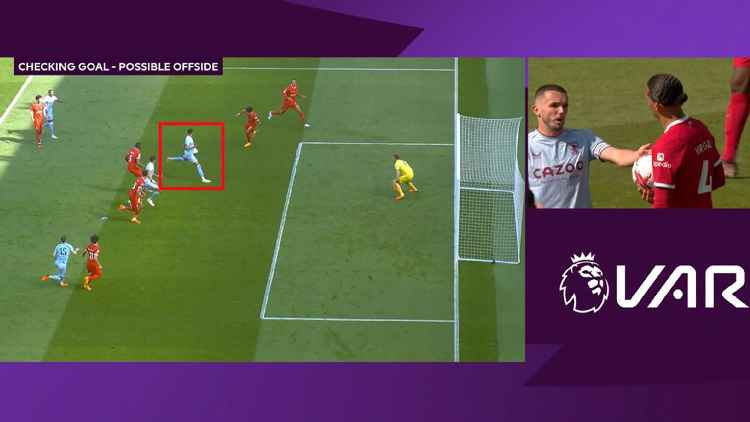
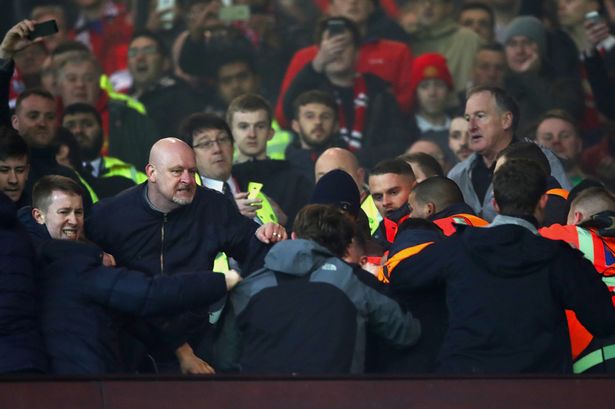
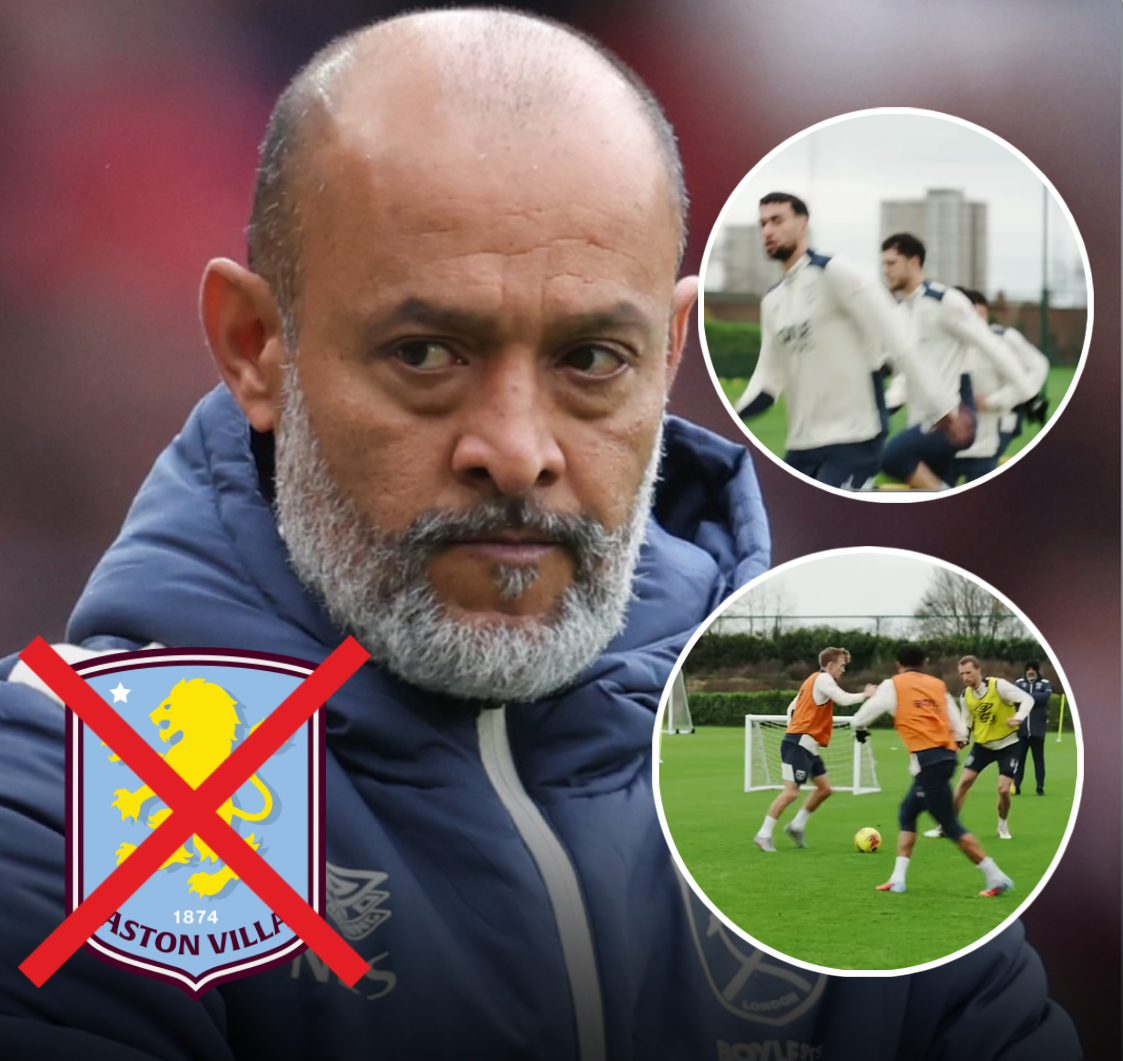
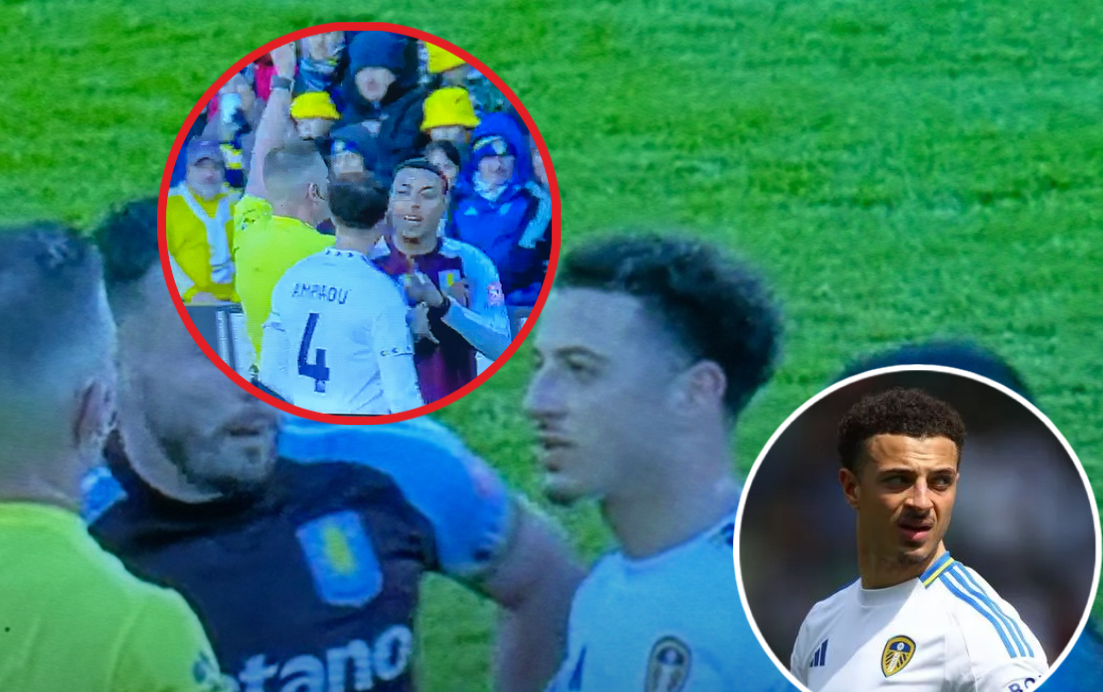

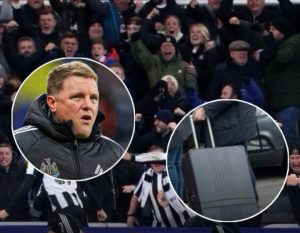
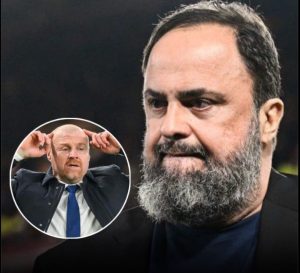

Post Comment